Sungchan Oh
Electronics and Telecommunications Research Institute
Adversarial Training with Stochastic Weight Average
Sep 21, 2020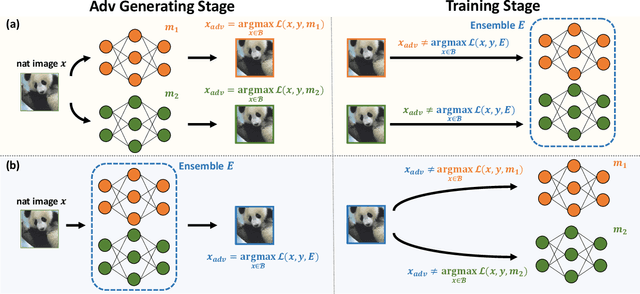
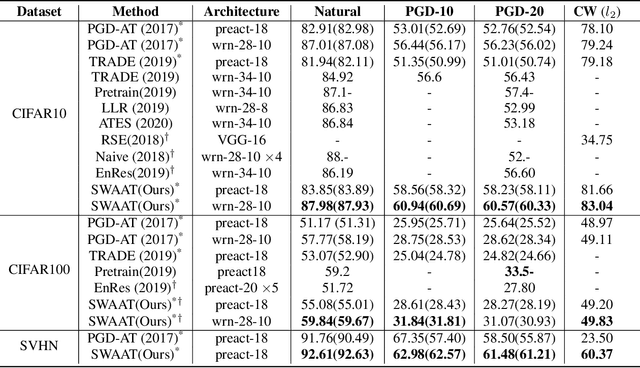
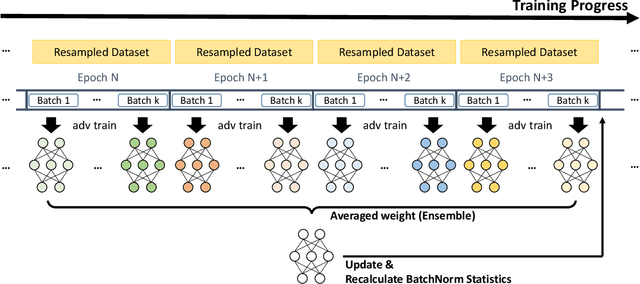
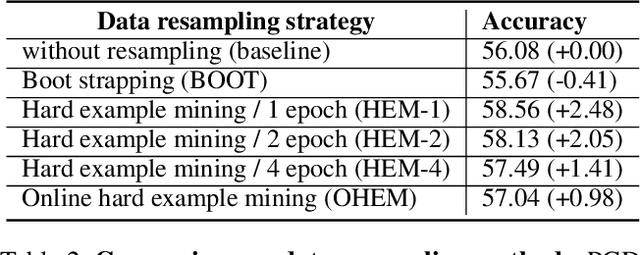
Abstract:Adversarial training deep neural networks often experience serious overfitting problem. Recently, it is explained that the overfitting happens because the sample complexity of training data is insufficient to generalize robustness. In traditional machine learning, one way to relieve overfitting from the lack of data is to use ensemble methods. However, adversarial training multiple networks is extremely expensive. Moreover, we found that there is a dilemma on choosing target model to generate adversarial examples. Optimizing attack to the members of ensemble will be suboptimal attack to the ensemble and incurs covariate shift, while attack to ensemble will weaken the members and lose the benefit from ensembling. In this paper, we propose adversarial training with Stochastic weight average (SWA); while performing adversarial training, we aggregate the temporal weight states in the trajectory of training. By adopting SWA, the benefit of ensemble can be gained without tremendous computational increment and without facing the dilemma. Moreover, we further improved SWA to be adequate to adversarial training. The empirical results on CIFAR-10, CIFAR-100 and SVHN show that our method can improve the robustness of models.
A Global-Local Emebdding Module for Fashion Landmark Detection
Aug 28, 2019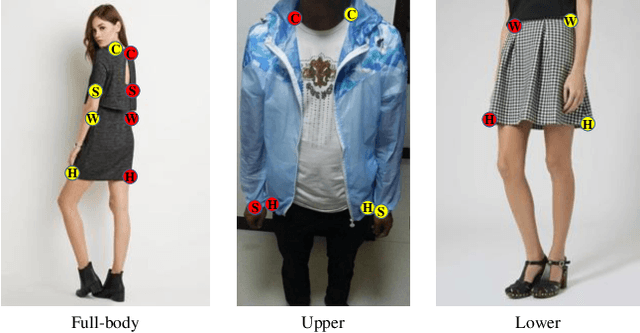
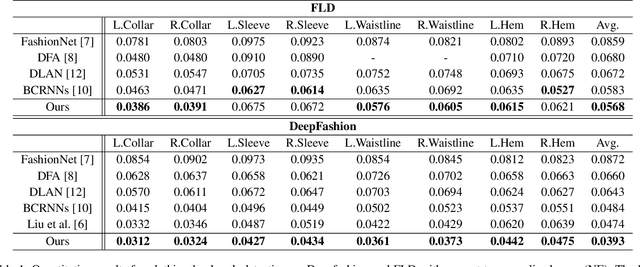
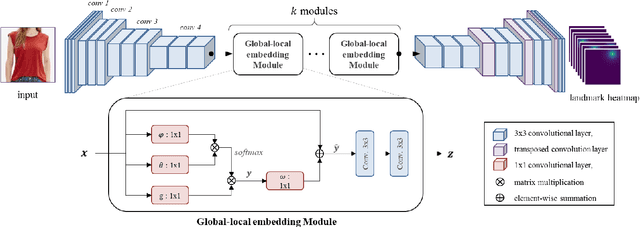
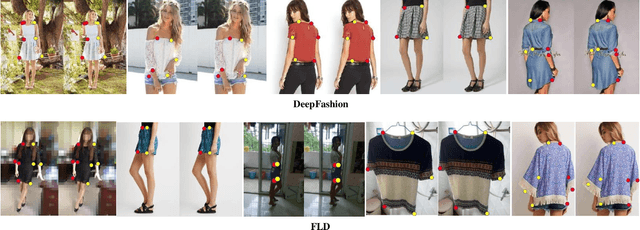
Abstract:Detecting fashion landmarks is a fundamental technique for visual clothing analysis. Due to the large variation and non-rigid deformation of clothes, localizing fashion landmarks suffers from large spatial variances across poses, scales, and styles. Therefore, understanding contextual knowledge of clothes is required for accurate landmark detection. To that end, in this paper, we propose a fashion landmark detection network with a global-local embedding module. The global-local embedding module is based on a non-local operation for capturing long-range dependencies and a subsequent convolution operation for adopting local neighborhood relations. With this processing, the network can consider both global and local contextual knowledge for a clothing image. We demonstrate that our proposed method has an excellent ability to learn advanced deep feature representations for fashion landmark detection. Experimental results on two benchmark datasets show that the proposed network outperforms the state-of-the-art methods. Our code is available at https://github.com/shumming/GLE_FLD.
 Add to Chrome
Add to Chrome Add to Firefox
Add to Firefox Add to Edge
Add to Edge